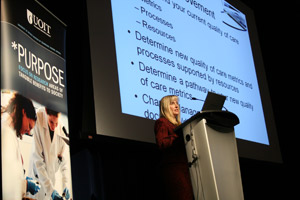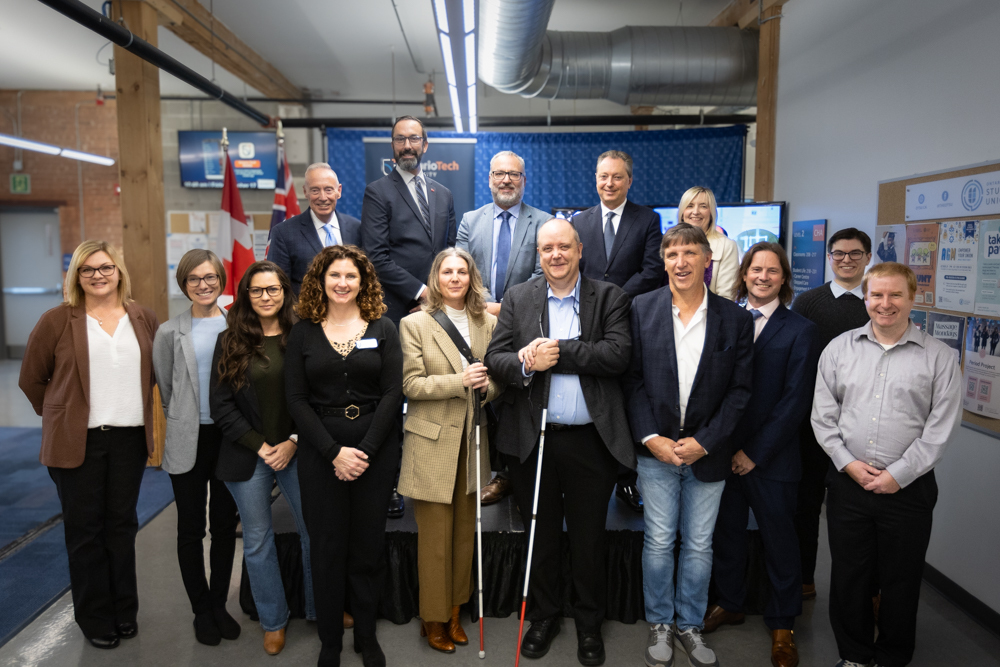FBIT-led research featured in Computerworld
April 28, 2012

Recent research achievements led by Dr. Carolyn McGregor, professor and associate dean of Research, Faculty of Business and Information Technology (cross-appointed with the Faculty of Health Sciences) are featured in the April 2012 issue of Computerworld.com’s (IT Health Care section).
Dr. McGregor is leading the Artemis Project, a first-of-its-kind neonatal health informatics research project in collaboration with IBM, The Hospital for Sick Children in Toronto, Ontario and other partners around the globe. Critical care units around the world boast state-of-the art medical equipment that constantly monitor vital organs. However, these units have arrived at a critical crossroad because the ability of the equipment to gather information has outpaced the ability to aggregate and interpret the data in a clinically meaningful way.



